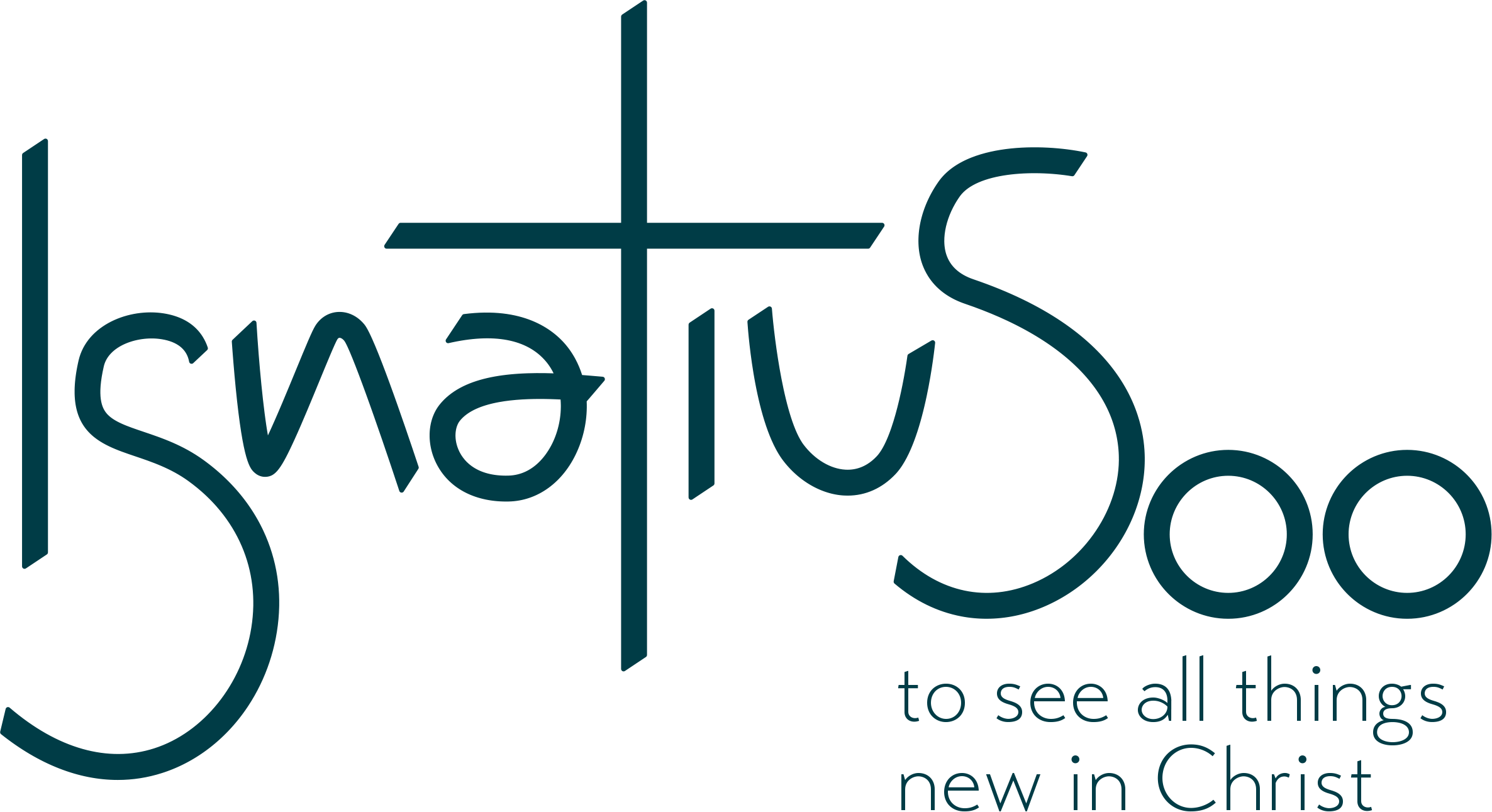
What is the best way to remember someone we love, yet is no longer with us? For many, retelling their story keeps their memories fresh, and more importantly, helps others to draw inspiration from them. Ignatius is probably one of these figures, not only for the Jesuits, but also for many people whose faith journeys are enlightened by his life. Thus, it is meaningful to remember the conversion of Ignatius after 500 years since his life is still relevant for us who desire to walk closer to God in this VUCA (Volatile, Uncertain, Complex, Ambiguous) world.
In light of this, I worked with JCAP communications to create a social media series called “Together in Conversion” as a way of remembering and reflecting on Ignatius’ life. Four key elements guided us in the process: the Autobiography of St Ignatius of Loyola, images, keywords, and reflection questions.
Autobiography
The Autobiography is a vital source about the life of Ignatius. It was the first book I studied in the novitiate to deepen my knowledge of the saint. Even if I have read it, there are new inspirations every time I revisit it. In this series, we chose the quotes from the Autobiography featuring significant moments in Ignatius’ life, not only a record of events, but also a story told by Ignatius himself after years of prayer and reflection. More than his personal history, it reveals the inner movements of Ignatius in his conversion. It tells how God called a sinner to become a generous and compassionate companion and how Ignatius found God’s will in his VUCA world. Perhaps because of its originality, it still touches our core to seek for something greater in life.
Images
Thanks to Jesuit Communications Philippines we were able to use images from the movie “Ignacio de Loyola”. An image can speak more than a thousand words. It certainly helps us to visualise the life of Ignatius from a new perspective. When I worked with a documentary production company before becoming a Jesuit, I learned that in scriptwriting one has to think about different scripts for the same videos. We can read differently from the same image. Choosing the pictures from the movie, I realised that there were many details I had omitted. A gaze, a smile, different colours, and compositions – they guided me into Ignatius’ world once again. Between lights and shadows, we allow ourselves to be touched by these images and allow them to speak to us.
Keywords and questions
With repetitive reading, keywords slowly came to my mind, particularly the qualities I found in Ignatius. But they do not belong to Ignatius alone. They are the fruits of his conversion. At the same time, they serve as signposts for our own conversion. In dialogue with Ignatius, we may find ourselves inspired, questioned, and challenged. Ignatius once asked, “What if I were to do what St Francis did or what St Dominic did?” We may add the question, “What if I were to do what St Ignatius did?”
In the process of making this series, two identities of Ignatius became clear – the pilgrim and the companion. In his Autobiography, Ignatius called himself the “pilgrim”. It represents his path of conversion, journeying step by step to God, and discerning where God is leading him. But Ignatius is not alone. His conversion started with an encounter – his reading of the lives of saints and Jesus Christ. Since then, many people have walked with him on his spiritual journey while he accompanies more friends in the Lord along the way. By sharing this series of Ignatius’ conversion story, we are together invited to find our own paths of conversion.

Joseph Wong SJ is a scholastic from Hong Kong in Philosophy studies at the Loyola School of Theology in Manila. A new episode of his Together in Conversion series is posted every Wednesday on JCAP’s social media channels until 31 July, the Feast of St Ignatius.



Leave a Reply